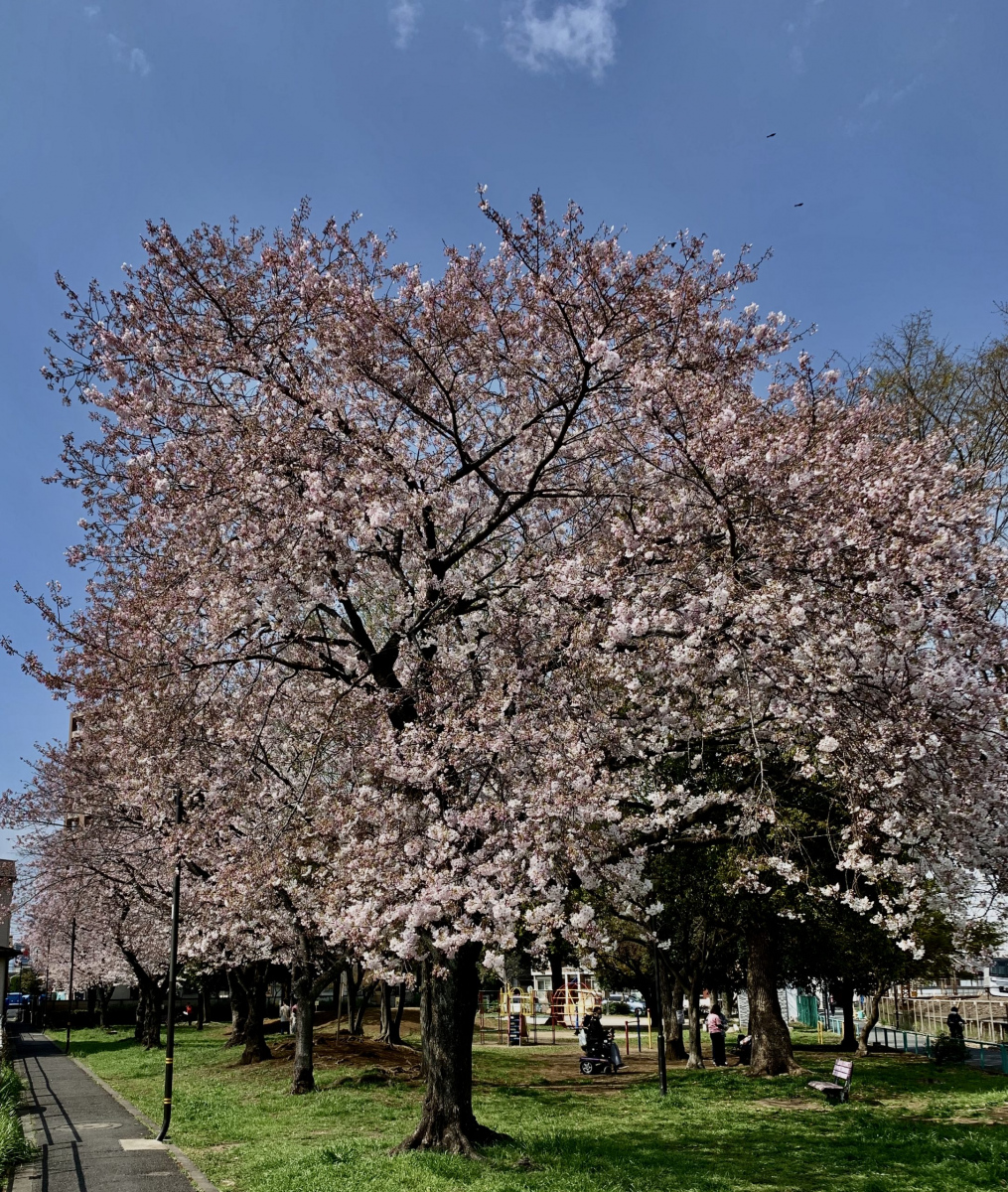There are many wonderful cherry blossom viewing venues in Tokyo and we hope to get to one in coming days. But for now, the beautiful and magical blossoms can be seen on trees throughout our immediate neighborhood. These photos are taken in the park across the street from our condo.
Monthly Archives: March 2021
The 26th Amendment
On March 23, 1971 the United States Congress passed the 26th Amendment to the Constitution lowering the national voting age to 18. The 26th Amendment was promptly ratified by the necessary three-fourths of state legislatures and took effect on July 1, 1971.
The amendment’s adoption ended a 30 year effort to enfranchise young American men and women who were called upon to defend their country but were not allowed to vote.
Most accounts about this historic event either do not recognize or fail to appreciate the level of political resistance and fear that denied extending the right to vote to 18-year-old citizens. The last thing political leaders of both parties wanted was to allow nearly 12 million new young men and women the right to vote. There is little discussion of the fact that the arguments that those old enough to be drafted for military service should be able to exercise the right to vote had been endorsed by politicians for years but Congress never acted. Many simply attribute the success in 1971 to Congress responding to the protests and turmoil surrounding the unpopular Vietnam War. But there was far broader and deeper support than political pundits realized.
However, in the 91st Congress (1969-71), despite that growing support and the positive rhetoric and endorsements, it was never certain that the Congress would ever pass a constitutional amendment to lower the voting age or that a sufficient number of states would eventually ratify it.
While the anti-war movement and the media coverage certainly played a major role in shaping public opinion, it was the dedicated student and other young voting-right activists, not the protestors, who organized youth all across the country to deliver a positive political message and created a massive grass-roots lobbying effort that finally captured the attention of state and federal legislators.
And it was an organization called the Youth Franchise Coalition (YFC), created to focus that movement’s energy on the U.S. Congress, that helped change the political dynamics. Believing that the Congress had the power to change the voting age, the YFC advocated the use of the legislative process to secure the path that quickly led to the adoption of the 26th Amendment to the Constitution.
The Congress actually lowered the voting age to 18 on June 17, 1970 when it passed a bill extending and amending the landmark Voting Rights Act of 1965 that included a provision that lowered the voting age from 21 to 18 in federal, state and local elections. President Nixon signed the bill into law on June 2, 1970 but questioned the constitutionality of the voting age provision.
The constitutionality of the provision was immediately challenged in the Supreme Court (Oregon v. Mitchell). On December 21, 1970, the Supreme Court struck down the part of the provision lowering the voting age in state elections as unconstitutional but upheld the part of the provision that lowered the voting age in federal elections.
In order to correct this injustice and avoid the confusion and increased costs facing by local and state governments, the 92nd Congress quickly adopted a constitutional amendment establishing 18 as the uniform national voting age.
I am hopeful that a new book, “Let Us Vote”: Youth Voting Rights and the 26th Amendment, forthcoming later this year from New York University Press, will help renew interest in this important subject at a time when efforts to suppress rather than encourage voting and other efforts to limit citizen voting rights dominate the political agenda. It is time for a new generation of voting rights activists to make their voices heard.
Read Americans Can Vote at 18 Because of Congressional Action 50 Years Ago at https://historynewsnetwork.org/.
Have a Happy White Day??
While Valentine’s Day (February 14) is celebrated in Japan, contrary to the practice in many other countries, Japanese women are the primary gift givers, presenting chocolates to men. There is no reciprocal exchange of gifts.
However, the following month, on White Day (March 14), men who received chocolates on Valentine’s Day are expected to give back a gift of sweets to the women that gave them to him.
While some westerners may see gender bias, White Day should be seen as neither an attempt to correct gender discrimination nor just another quirky cultural difference. The Japanese celebrate Valentine’s Day as other countries do, except split into two separate days.
Apparently begun as an effort by Japan’s confectionary industry to drive sales, White Day has become an unofficial, modern-day Japanese holiday of love reflecting a significant change in social attitudes and gender relationships. Today, Japanese men buy sweets and other tokens of affection for the women in their lives, including their loved ones, friends and co-workers.
I visited our favorite Tokyo la patisserie, La Vie Un Reve, to purchase a wonderful selection of macaroons, la madeleines and assorted other authentic French pastries to fulfill my White Day obligation.
For myself, I like the experience. Since sharing is a common and expected Japanese practice, I get to enjoy my Valentine Day chocolates and the awesome White Day French pastry sweets!








